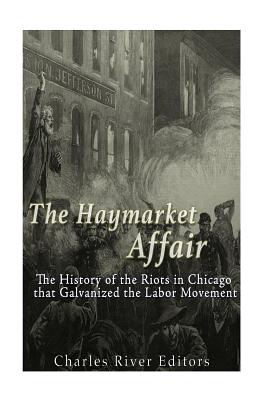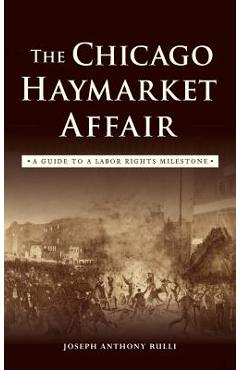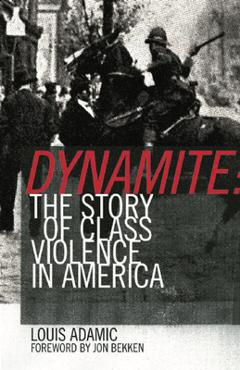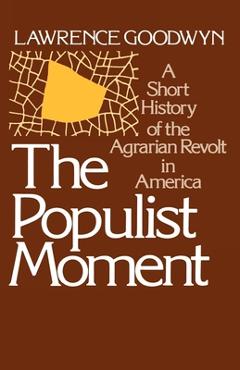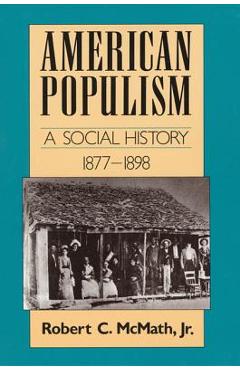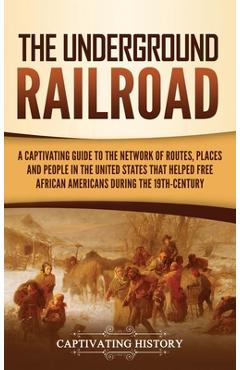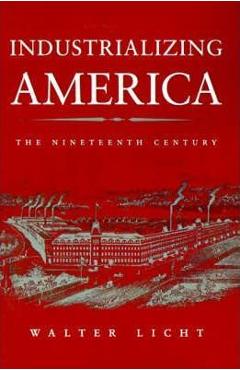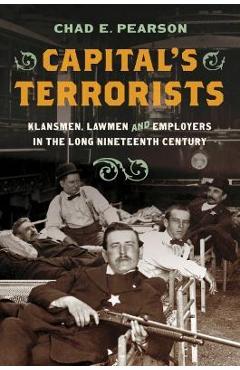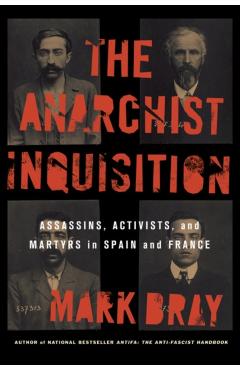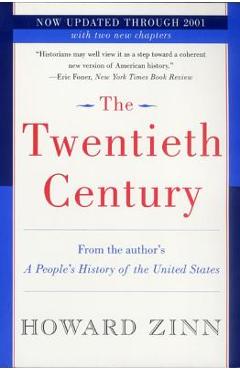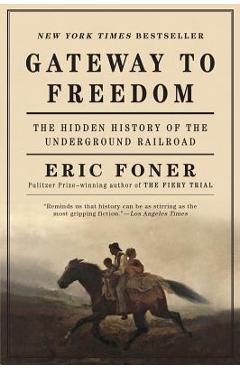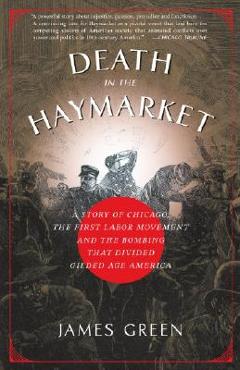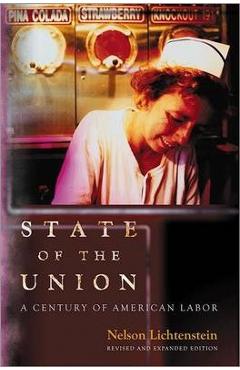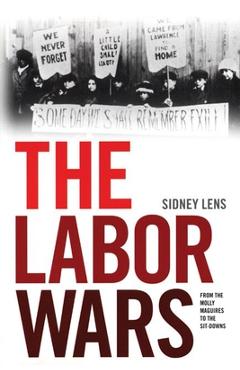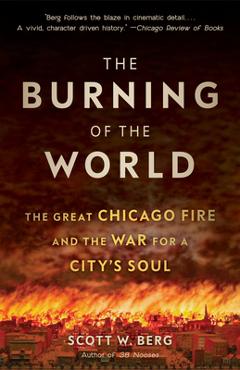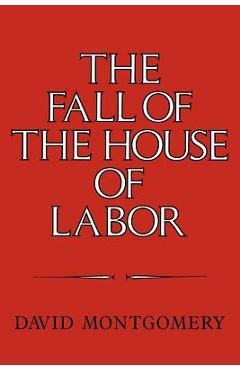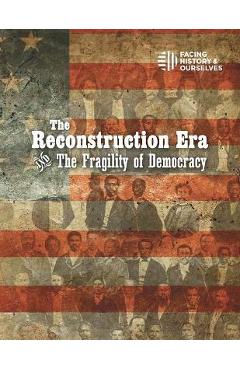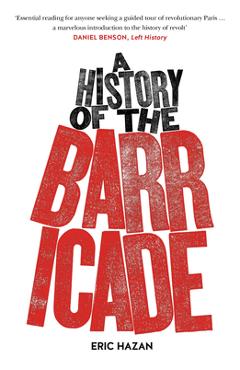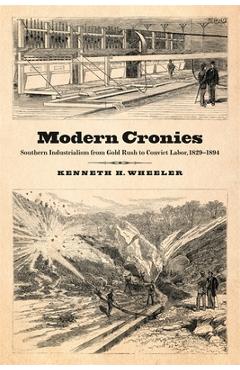*Includes pictures *Includes contemporary accounts of the Haymarket Affair and trials *Includes online resources and a bibliography for further reading *Includes a table of contents "That night I could not sleep. Again I lived through the events of 1887. Twenty-one months had passed since the Black Friday of November 11, when the Chicago men had suffered their martyrdom, yet every detail stood out clear before my vision and affected me as if it had happened but yesterday. My sister Helena and I had become interested in the fate of the men during the period of their trial. The reports in the Rochester newspapers irritated, confused, and upset us by their evident prejudice. The violence of the press, the bitter denunciation of the accused, the attacks on all foreigners, turned our sympathies to the Haymarket victims." - Emma Goldman Although it's no longer well known as a flashpoint, few things were as controversial during the late 19th century as the Haymarket Affair. Depending on one's perspective, the riots and the violence that ensued were the result of anarchist terrorists attacking law enforcement authorities with a homemade bomb that was detonated during a large public event, killing a police officer and wounding several more. Others who were more sympathetic to the plight of the people protesting for better working conditions that night in Haymarket Square in Chicago on May 4, 1886 portray it as a peaceful rally that was marred by a heavy handed response attempting to disperse the protesters. What is clear is that the moments following the explosion were characterized by confusion and bedlam, as some people ran away and others ran toward the site. By the time the shooting was done, nearly a dozen lay dead, including a number of police officers, and makeshift hospitals were soon overwhelmed. Citizens in the area began to cry out for justice, and police detectives poured through the city, making arrests and questioning thousands. As word spread about the attack, cities around the country went on high alert, concerned that they could be next. It was soon determined that a traditionally anti-American group was responsible for the attack, and many threatened mob violence against anyone who looked like they might be involved with the group. The press egged on those in the public with cries for revenge and justice. Eventually, the suspected perpetrators' trial began, a sensational event followed closely by many across the nation. Tensions ran high as those
